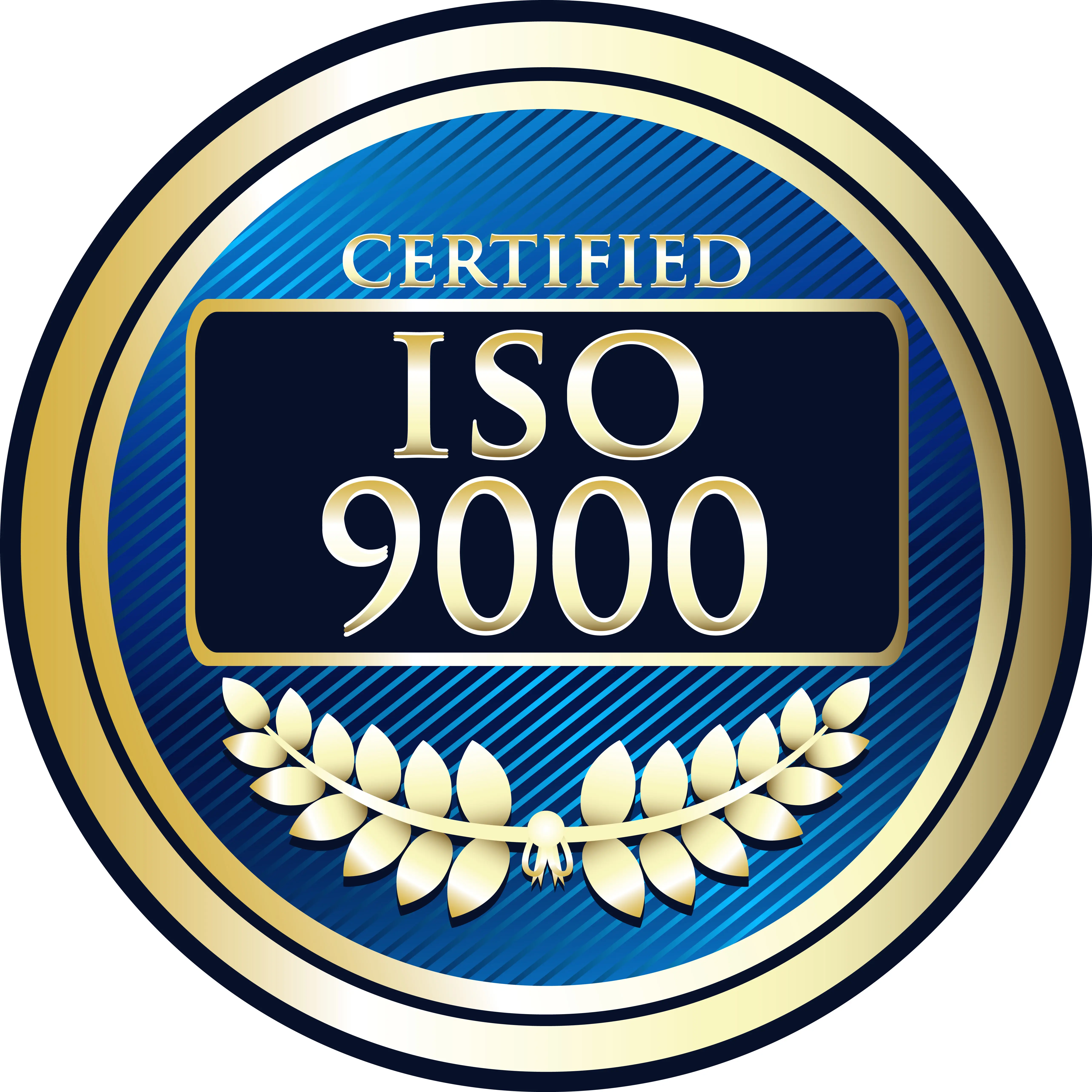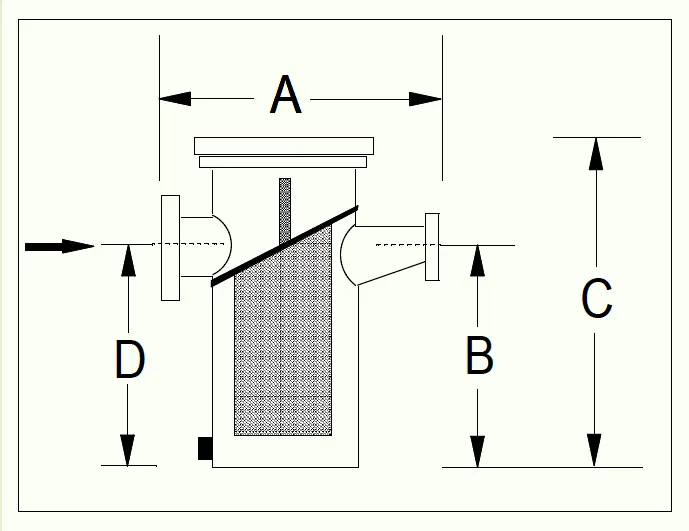It is a technology that has already transformed our world. The oil-rich nations of the Persian Gulf already have giant desalination plants that supply their kingdoms and emirates with vast quantities of drinking-water straight from the ocean. It makes perfect sense that oil-rich desert states are the first major birthplaces for the desalinization industry: for now, the energy consumption that goes into most of today’s desalination plants is simply too costly for most countries to entertain on a large scale. But all that is already changing. As desertification becomes ever more present across the planet, the need for cheaper desalination technology is becoming increasingly apparent. Read more...
We tackle each assignment with an all-terrain sense of adventuresome engineering, and a work ethic that can’t be feigned. The modest scope of our company affords us a margin of creative adaptability that many larger corporations have long since bailed from their systems, allowing us to work on a large number of products and projects that have no direct bearing towards one another. Read more...
Like traffic in Los Angeles or frostbite in Antarctica, water-parks are simply a fact of life in North America. Of the 1,600 estimated water-parks that are extant in the world, over 1,000 of them can be found in North America, principally in the United States, Canada, and Mexico. With an estimated attendance of over 80 million in North America alone last year (and with a steady 3-5% rise in attendance each year), it’s a fun-loving, lucrative industry to find yourself involved in. But all water-sliding and wave machining aside, it can be a lot of hard work implementing the ideal park that suits both the needs of your budget and your customers’ sense of adventure. You need to build attractions that stand out from the rest of the pack, ones that are fun and easy to use; but which are also cost-effective to build and maintain for the long-term. Read more...
In today’s highly competitive global steel market, American steel mill owners and operators are charged with maintaining unprecedented levels of productivity in their operations. Faced with an overwhelming number of highly qualified international competitors, American steel mills have adapted various means and strategies of optimizing their milling process, including relying ever more heavily on automated equipment. Read more...
Whether you’re the owner of deepwater oil rigs embedded in the Gulf of Mexico or off the Saudi Arabian coast, or whether you manage a water treatment plant servicing the needs of a coastal town or city somewhere in the world, it’s likely you’re aware of just how invasive and corrosive seawater can become towards your equipment functioning properly. If you’re a savvy business operator, you doubtless know about the cost-effectiveness of letting seawater cool off the heat exchangers, etc., that are part of your drilling or water treatment operation. Read more...
While every politician and pundit has his or her own extrapolation about how this data should be interpreted, the truth of the matter is that manufacturing jobs appear to be making their way back – ever so slowly – to the United States, from overseas and abroad. In September 2012, the Financial Times reported that the American manufacturing index rose 1.5%, a modest figure in comparison to previous years of economic boom. In comparison, European manufacturing contracted for the fourteenth consecutive month in September, and Chinese manufacturing managed (just barely) to remain at its prior, August level. While it would be preemptory to analyze the causes for this re-balancing of manufacturing back to the United States, a lot of it seems to have to do with the sheer caprices and vicissitudes of the global economy. Read more...
If you ever want to discover just how corrosive saltwater can get, try this little experiment for yourself: fill up a sand pail with water from the beach, dunk a standard metal dinner-fork in the pail, and then wait overnight. In the morning, you’re more than liable to see a fine coating of rust up and down the fork’s surface. In short, it doesn’t take an advanced degree in chemical engineering to realize that saltwater is a whole lot more corrosive than freshwater. Read more...
Hydropolis was a creature of its time and place. The time was the mid 2000s and its booming real estate market; the place was Dubai in the United Arab Emirates, a city celebrated for its flashiness and over-excess. Hydropolis was slated to become the world’s first fully underwater hotel, a series of structures that would in total have cost $300 million to construct. Complete with Plexiglass windows that would have allowed visitors to gaze out into the dim waters of the Persian Gulf, as well as coming equipped with 5-star dining and fitness facilities (and an underwater movie theater where that came from), the project has yet to see any development beyond mere blueprints. Read more...
Hair and lint strainers used in commercial pools are a very important part of the filtration system of the pool. This simple devise is used to remove large objects, like jewelry, adhesive bandages, hair, lint and almost anything that can come out of a bathing suit pocket or even things that are thrown in the pool. The damaging materials aren’t always from the swimmers; leaves, stems, and rocks often make their way into pools. After a few years of cleaning filter baskets, it’s hard to be surprised at what you find. Removing these objects from the line will protect the pump and downstream filtration equipment. Read more...
However often pundits like to talk about the growth of the solar and wind renewable energy sectors, when it comes right down to it, America is very much still dependent on coal.
Statistically speaking, coal accounted for roughly 42% of our nation’s power supply in 2011, with that figure dipping only slightly in the subsequent years. In states with concentrated industrial bases like Texas, Alabama, Georgia, Ohio, Pennsylvania, Indiana, Illinois, and Michigan, coal plays an even greater role in terms of keeping the lights on, the turbines running, and the smokestacks piping. Read more...
This year there has been an increase in demand for construction of new homes and renovation of old homes in the U.S. Americans are finally willing to spend after years of economic woes, but should buyers be as eager to invest in luxury items like a pool? Read more...
Hair and lint strainers used in commercial pools are a very important part of the filtration system of the pool. This simple devise is used to remove large objects, like jewelry, adhesive bandages, hair, lint and almost anything that can come out of a bathing suit pocket or even things that are thrown in the pool. The damaging materials aren’t always from the swimmers; leaves, stems, and rocks often make their way into pools. After a few years of cleaning filter baskets, it’s hard to be surprised at what you find. Removing these objects from the line will protect the pump and downstream filtration equipment. Read more...
The weather is growing colder, which means more facilities are packing up their outdoor offerings and moving inside. One of the major attractions in the summer months requires almost equal care when planning for colder climates, although it barely sees any use in the winter: outdoor swimming pools. Read more...
In the U.S., water quality is important—but it seems unless we’re traveling outside our borders, it’s not too high on our radar. While we’re continuously making efforts in our own cities and towns to keep up with infrastructure, other areas in the world aren’t as fortunate to turn on a tap and have purified water. Read more...
The process of becoming ISO 9000 certified is extensive and only about 25,000 American companies have taken the time to obtain this prestigious status. The process demands a full top-to-bottom quality vetting process. And once you pass all the tests, you must maintain the standard for every one of your new projects and products. It is a great way to for customers to know that the products that they are sourcing come via a certified quality standard. Read more...
Although Manufacturing Month officially wrapped up in October, we’re working toward raising awareness for U.S. manufacturing year-round. It seems that, more than ever, companies are embracing the “Made in the USA” mentality, which is excellent for the industry and the economy. While news stories seem to change their tune every week on how U.S. manufacturing is faring, statistics and initiatives are heavily weighted toward the positives. Read more...
Basket strainers for commercial aquatic facilities, including aquariums, municipal pools, and zoos, are important parts of the suction sides of the pool recirculation systems used in those installations.
Selecting the right aquatic basket strainer when building a new facility or replacing existing equipment are important choices that should be based in a solid understanding of how aquatic basket strainers work and the options available. To aid in this decision-making process, we’ve outlined the anatomy of a commercial aquatic basket strainer. Read more...














